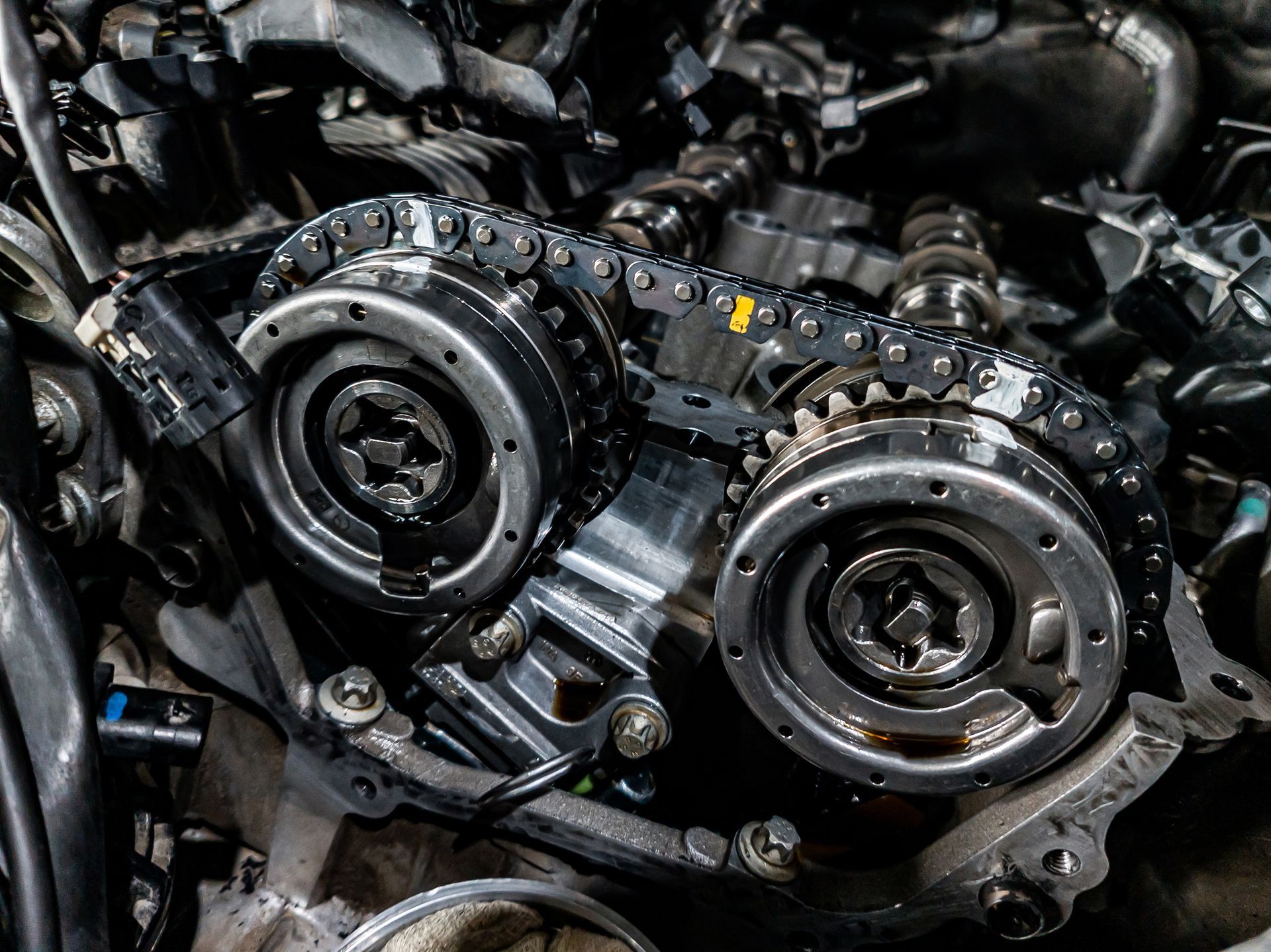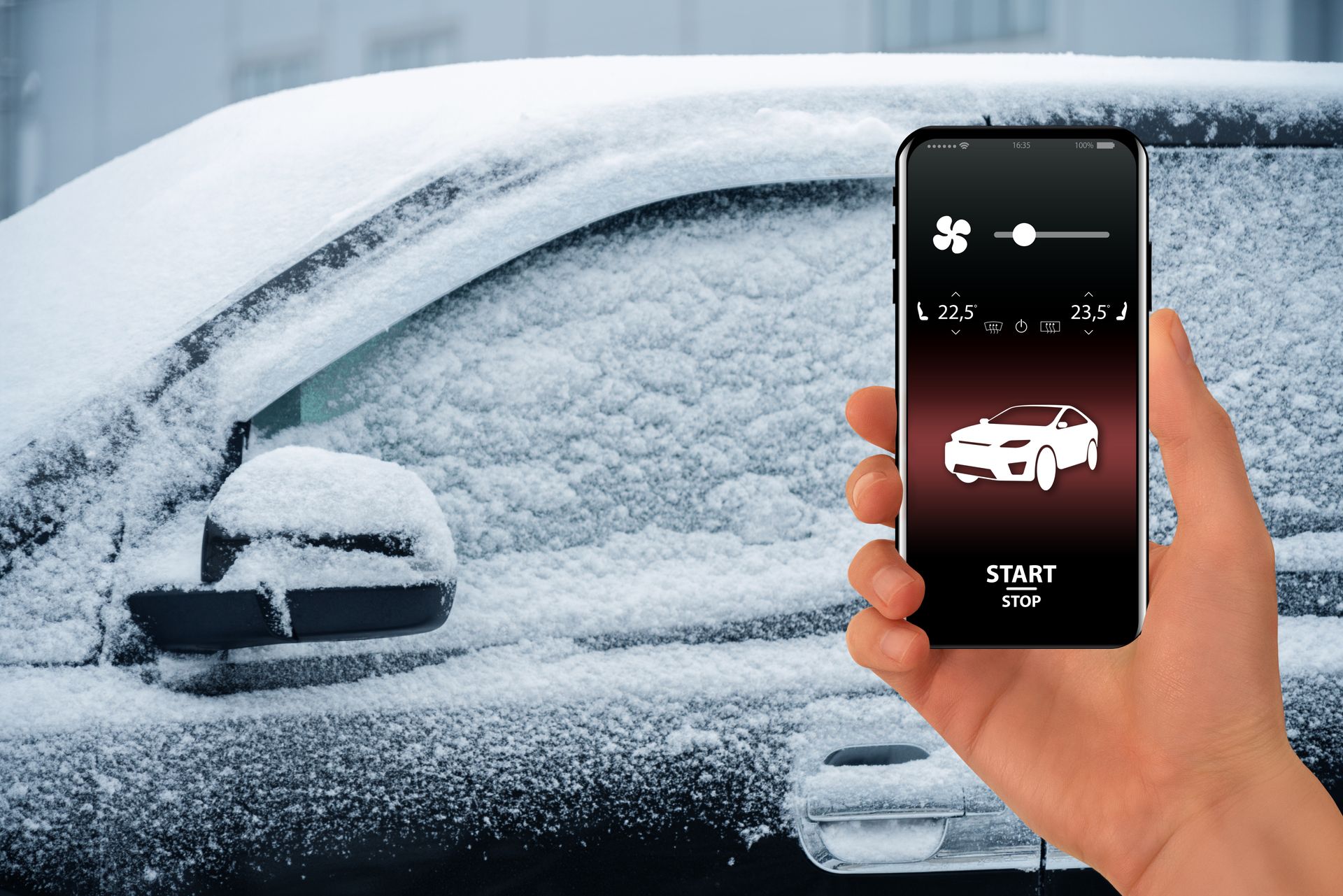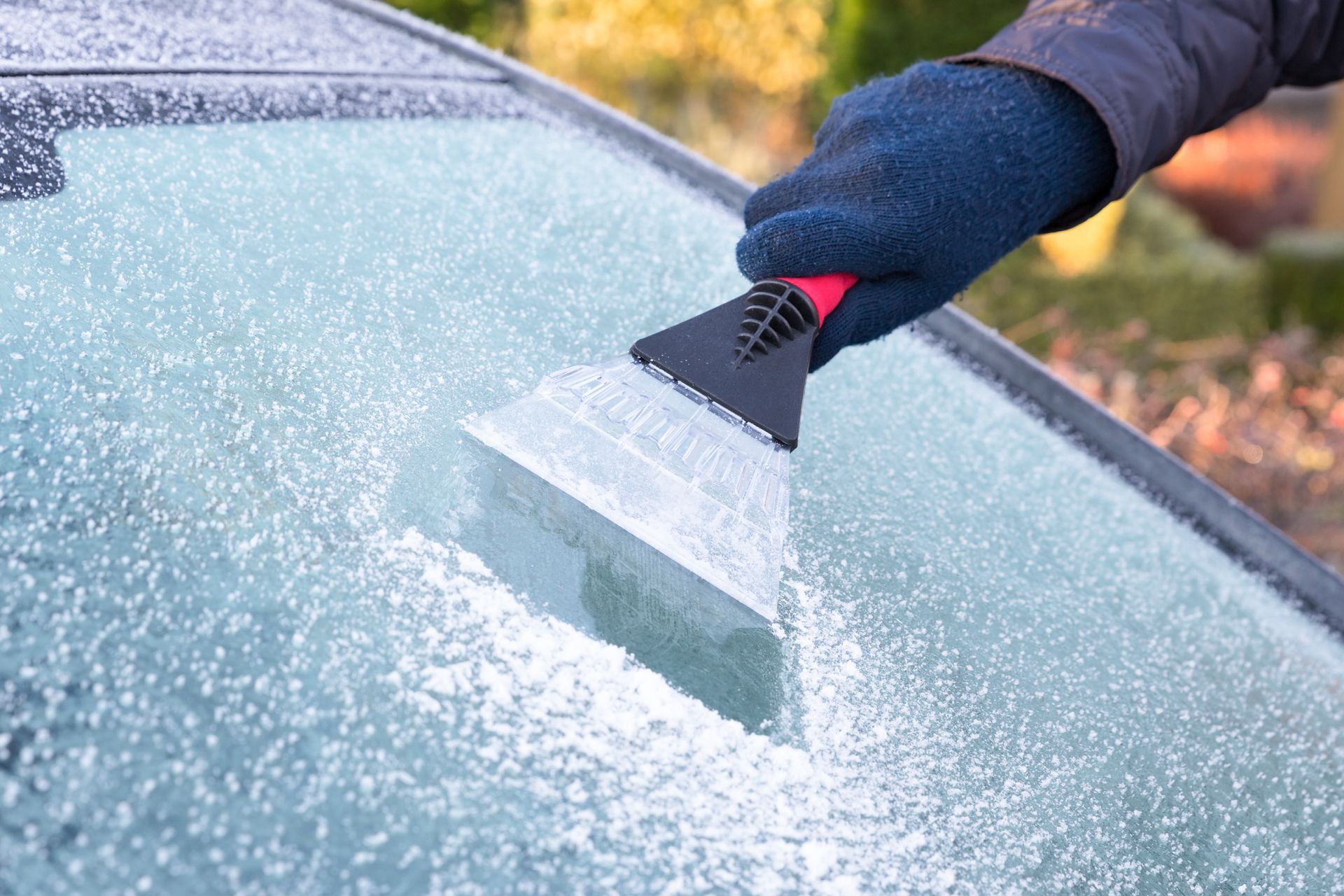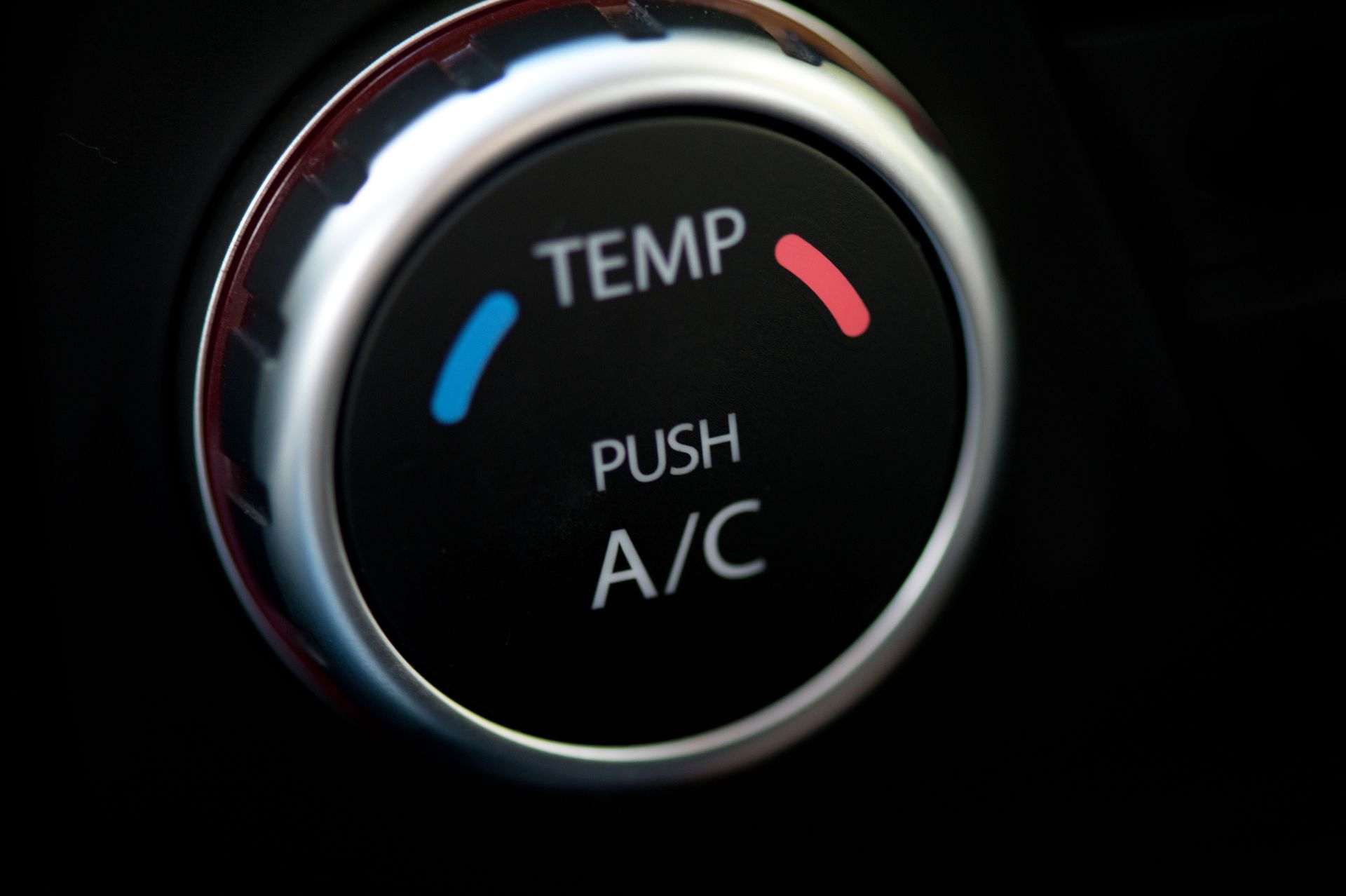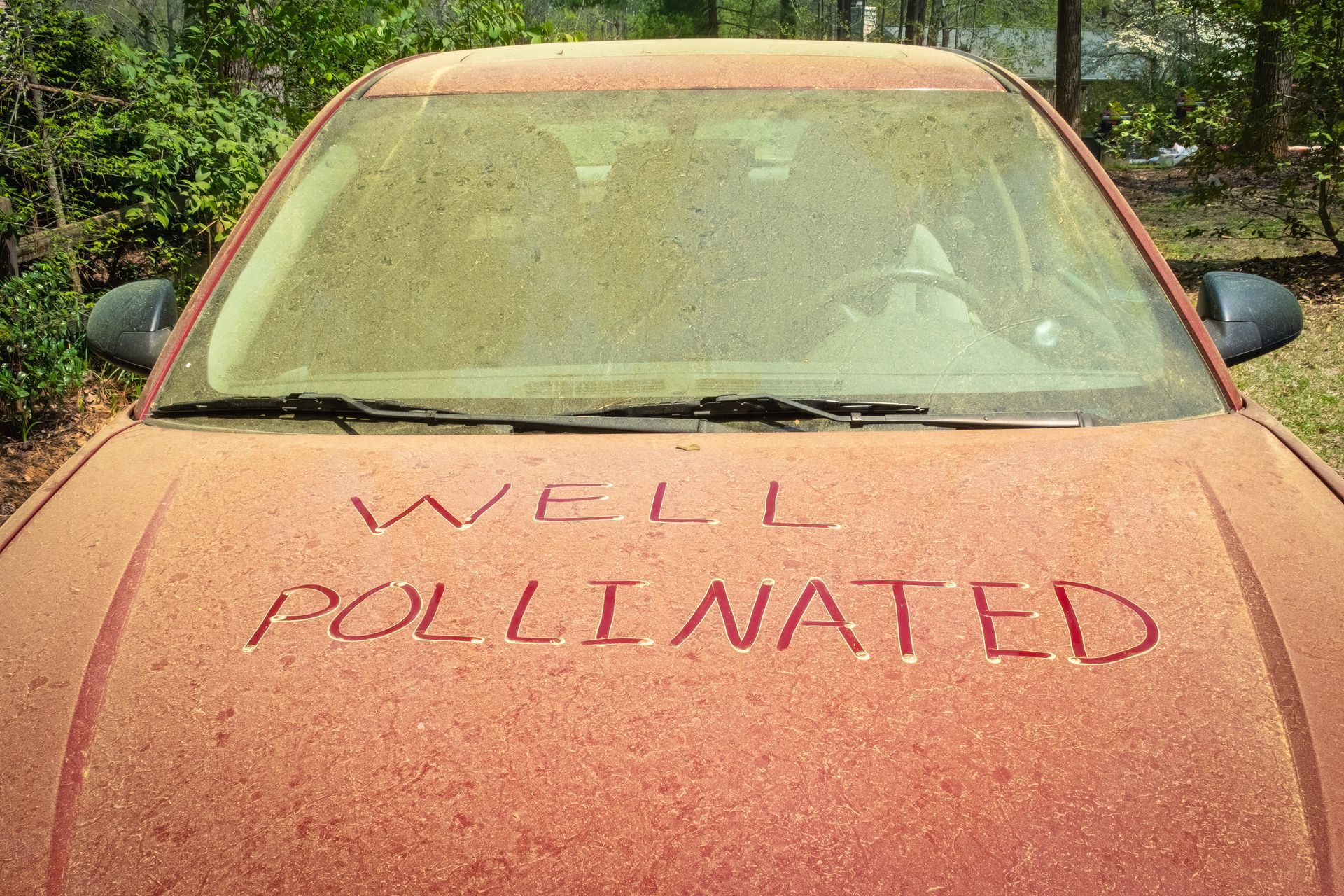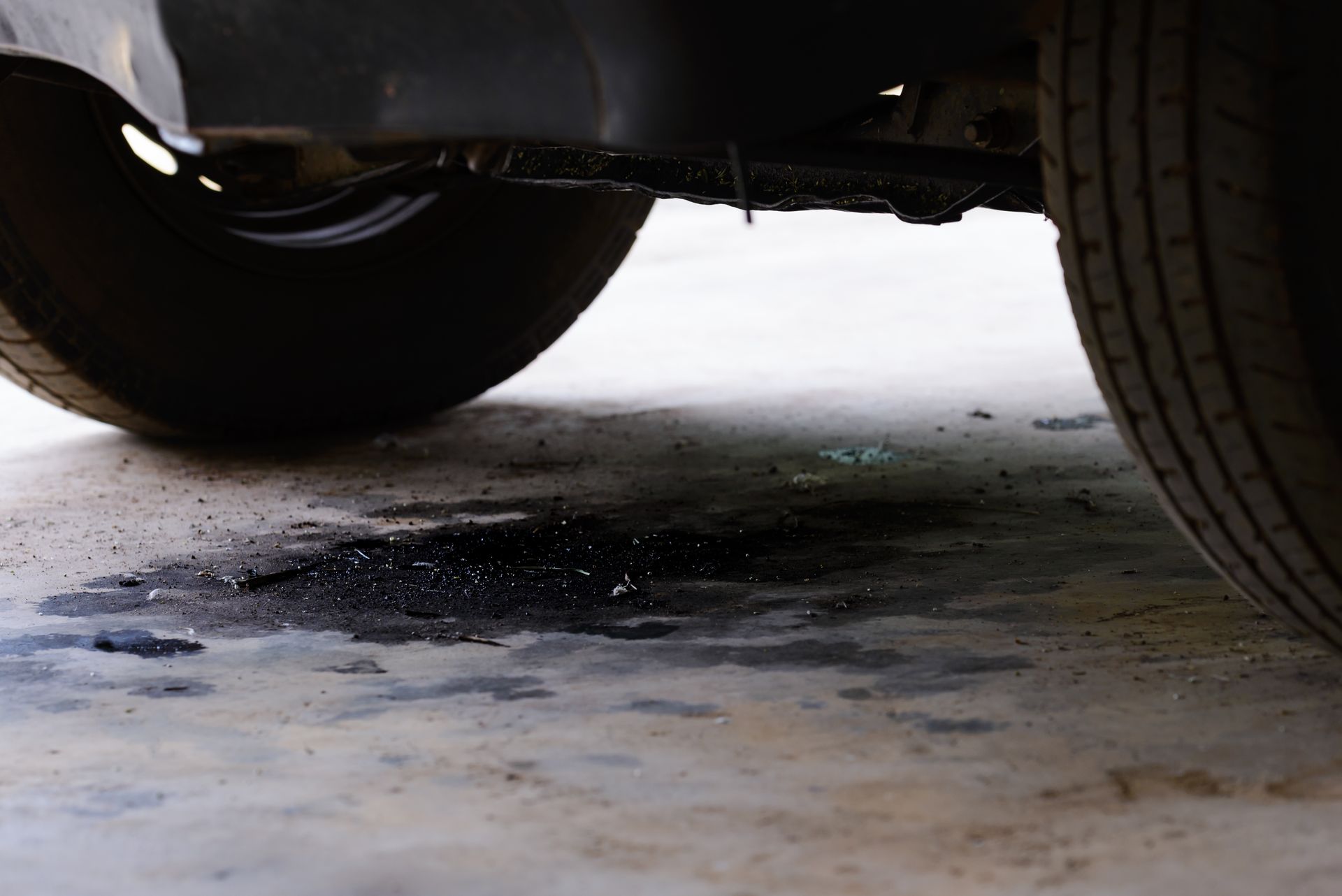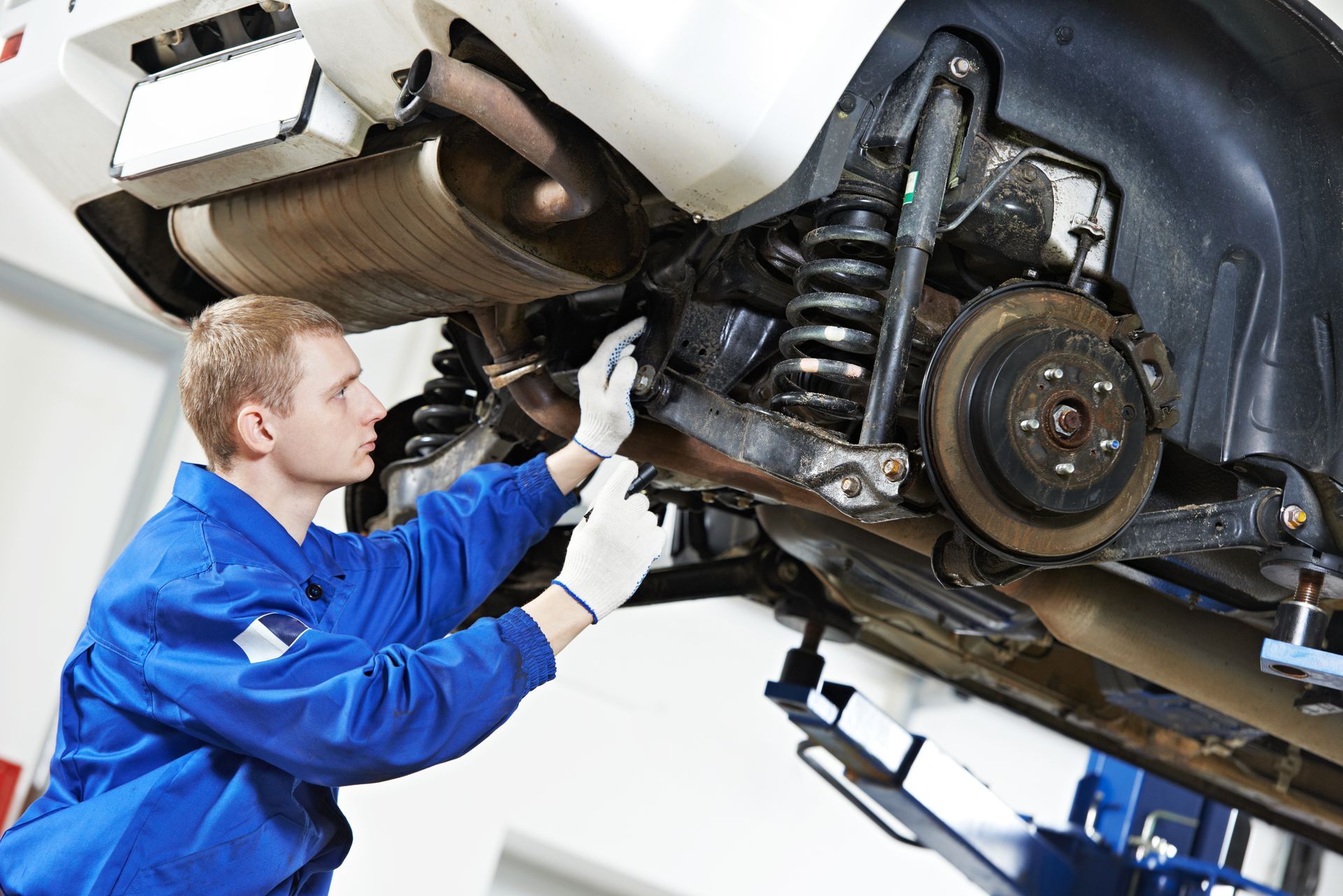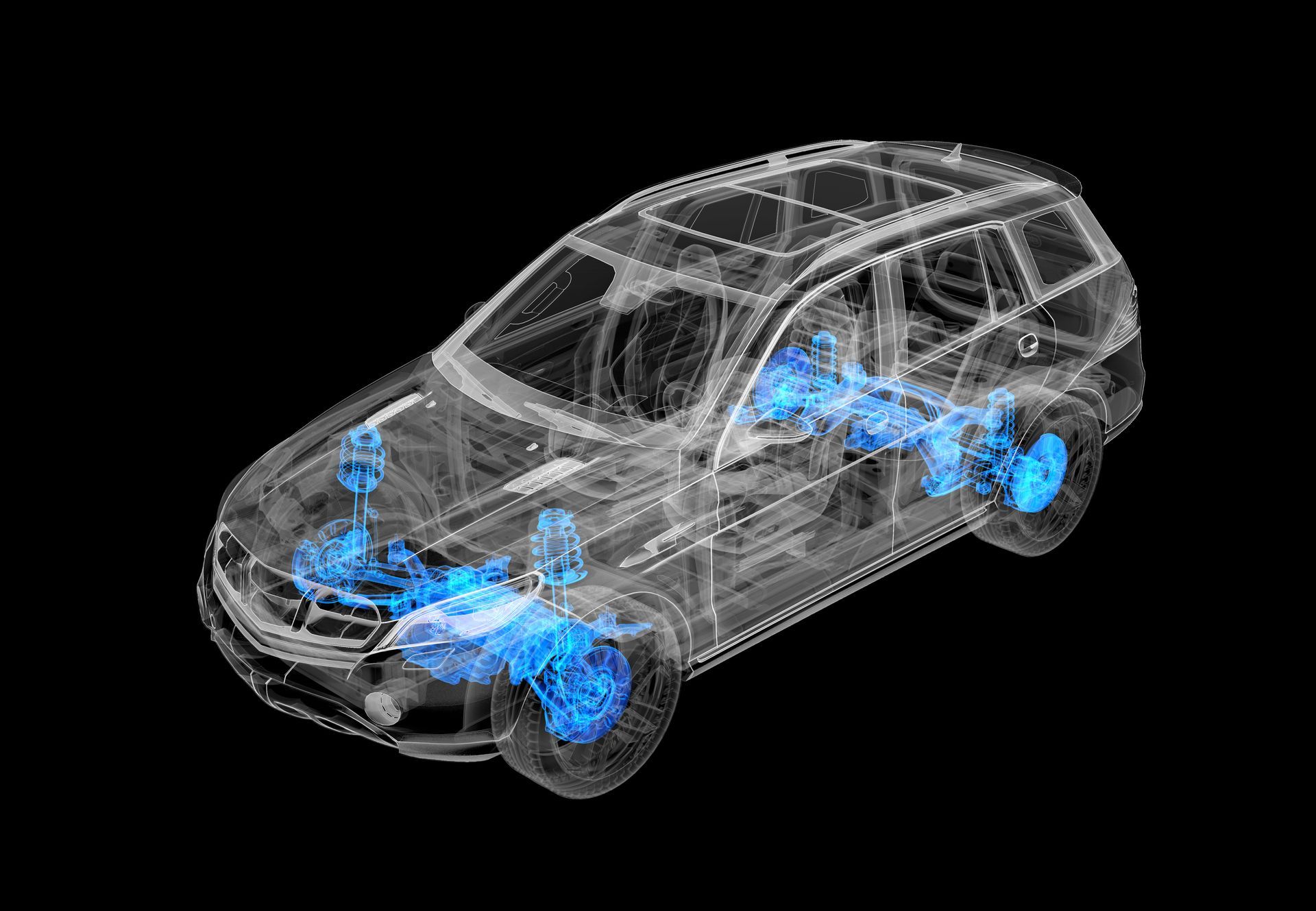A dead battery can turn your day upside down, especially if it happens when you are in a hurry. Knowing how to safely jump-start your vehicle can get you back on the road quickly without risking damage to your car’s electrical system or putting yourself in danger. Whether you use traditional jumper cables with another vehicle or a portable jump starter, following the correct steps is essential.
The Basics of Jump-Starting a Vehicle
Your vehicle’s battery stores electrical energy that powers the starter motor and other electrical systems when the engine is off. When the battery is too weak to turn over the engine, jump-starting provides a temporary boost of power from another source to get the engine running again.
The process is fairly straightforward, but it must be done correctly to avoid injury or damage to sensitive electronics.
What You’ll Need
You can jump-start your car in one of two ways:
- Using jumper cables and another vehicle – You’ll need a set of heavy-duty jumper cables and a second vehicle with a fully charged battery.
- Using a portable jump starter – This is a standalone battery pack that can deliver enough power to start your engine without another car.
No matter which method you choose, make sure the equipment is in good condition and rated for your vehicle’s size and engine type.
Step-by-Step: Using Jumper Cables
Position the vehicles – Park the booster vehicle close enough for the cables to reach, but make sure the two vehicles are not touching.
Turn off both vehicles – Set both transmissions to park (or neutral for manual) and engage the parking brakes.
Identify the terminals – Locate the positive (+) and negative (–) terminals on both batteries. The positive terminal usually has a red cover or marking.
Connect the cables in order:
- Attach one red clamp to the positive terminal of the dead battery.
- Attach the other red clamp to the positive terminal of the good battery.
- Attach one black clamp to the negative terminal of the good battery.
- Attach the other black clamp to an unpainted metal surface on the engine block or frame of the car with the dead battery (not the negative terminal).
- Start the booster vehicle – Let it run for a couple of minutes to build some charge in the dead battery.
- Start the dead vehicle – If it doesn’t start immediately, wait another minute or two and try again.
- Remove cables in reverse order – Disconnect the black clamp from the grounded metal surface, then the black clamp from the good battery, followed by the red clamps.
Using a Portable Jump Starter
The process with a portable jump starter is similar:
- Turn off the vehicle.
- Connect the positive clamp to the battery’s positive terminal and the negative clamp to a solid metal ground point.
- Turn on the jump starter and attempt to start the car.
- Once the engine is running, turn off the jump starter and remove the clamps in reverse order.
Portable jump starters are especially convenient because you don’t have to wait for another driver to help.
After the Jump-Start
Once your car is running, keep it on for at least 20–30 minutes to allow the alternator to recharge the battery. If the battery is more than three years old or the car struggles to start again soon after, have the battery and charging system tested.
Frequent jump-starts usually mean the battery is near the end of its life or there’s an underlying issue with the alternator or electrical system.
Safety Tips
- Never let the clamps touch each other while connected to a battery.
- Avoid leaning directly over the battery when connecting or disconnecting cables.
- If the battery is cracked, leaking, or swollen, do not attempt to jump-start it.
Battery Service at Auto Smart in Wichita, KS
If your battery keeps dying or you’re unsure about its condition, Auto Smart in Wichita, KS can help. We test, replace, and maintain car batteries and alternators to keep your vehicle starting reliably in all conditions.
Schedule your battery inspection today and drive with confidence knowing you won’t be stranded by a dead battery.

